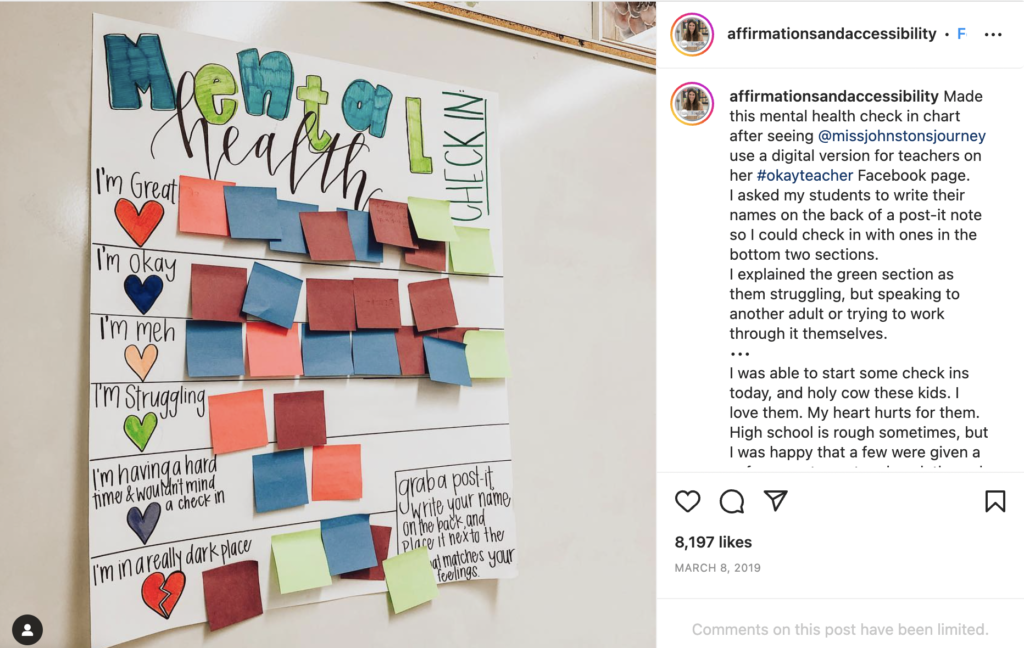
Words by Tess Becker
Between worrying about grades, extra-curricular, and growing up in general, going through school can be difficult for kids. Many children don’t yet have the words and emotional know-how to deal with that stress, so they can end up internalizing it.
Leading up to and following the Covid-19 pandemic, that stress among teenagers had turned into a crisis. According to the CDC, in the 10 years leading up to the pandemic, feelings of persistent sadness and hopelessness—as well as suicidal thoughts and behaviors—increased by about 40% among young people.
“We’re seeing really high rates of suicide and depression, and this has been going on for a while,” said psychologist Kimberly Hoagwood, PhD, a professor of child and adolescent psychiatry at New York University’s Grossman School of Medicine. “It certainly got worse during the pandemic.”
To address that, some teachers are getting creative.
Erin Castillo, an English and peer counseling teacher in Fremont, California, came up with an interesting way for her students to talk about how they’re feeling, something that other educators took a liking to and started adopting all over the world.
What she did was put up a “mental health check-in” chart in her high school classroom where students can post how they’re feeling on a post-it note. The responses can range from “I’m great” to “I’m in a really dark place.” The latter would warrant a talk with Erin or a school counselor with the intent of giving the students a way to ask for help without needing to be forthright with it.

“I never expected it to get beyond my following,” she told Good Morning America. “To see this being used in multiple countries around the world, having [teachers] reach out from New Zealand and Africa … to hear actual stories of people helping their students, I’m really overwhelmed with joy.”
The program itself is garnering a lot of support, even from those in the psychological field.
“It gives the checks and balances that everyone isn’t fine all the time — the way that social media and YouTube and all these platforms make it seem,” clinical psychologist Stephanie Samar said. “Seeing their classmates having good days and bad days really taps into what reality is.”
Erin now offers a free, printable version of her mental health chart, along with detailed instructions that have been approved by a school psychologist and counselor, with the hope that it can reach more people and help them express how they’re feeling.
This article aligns with the UN SDG Good Health and Wellbeing.
